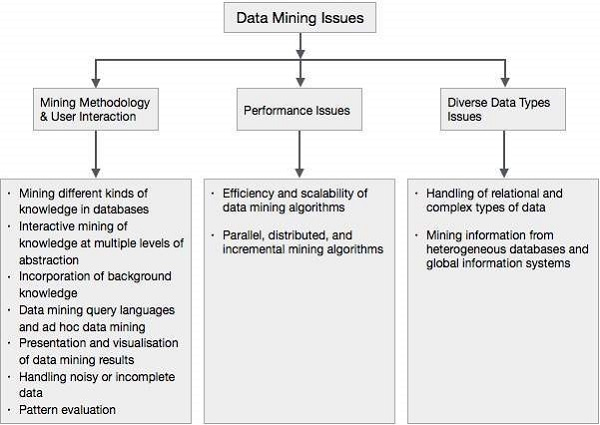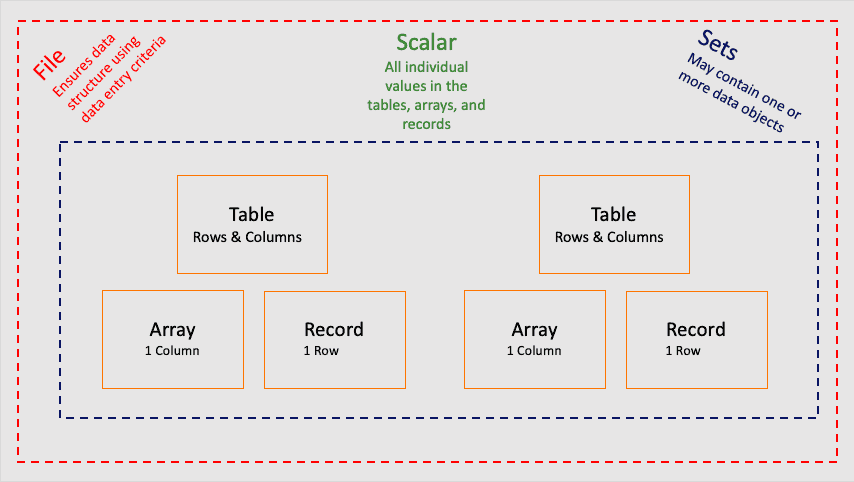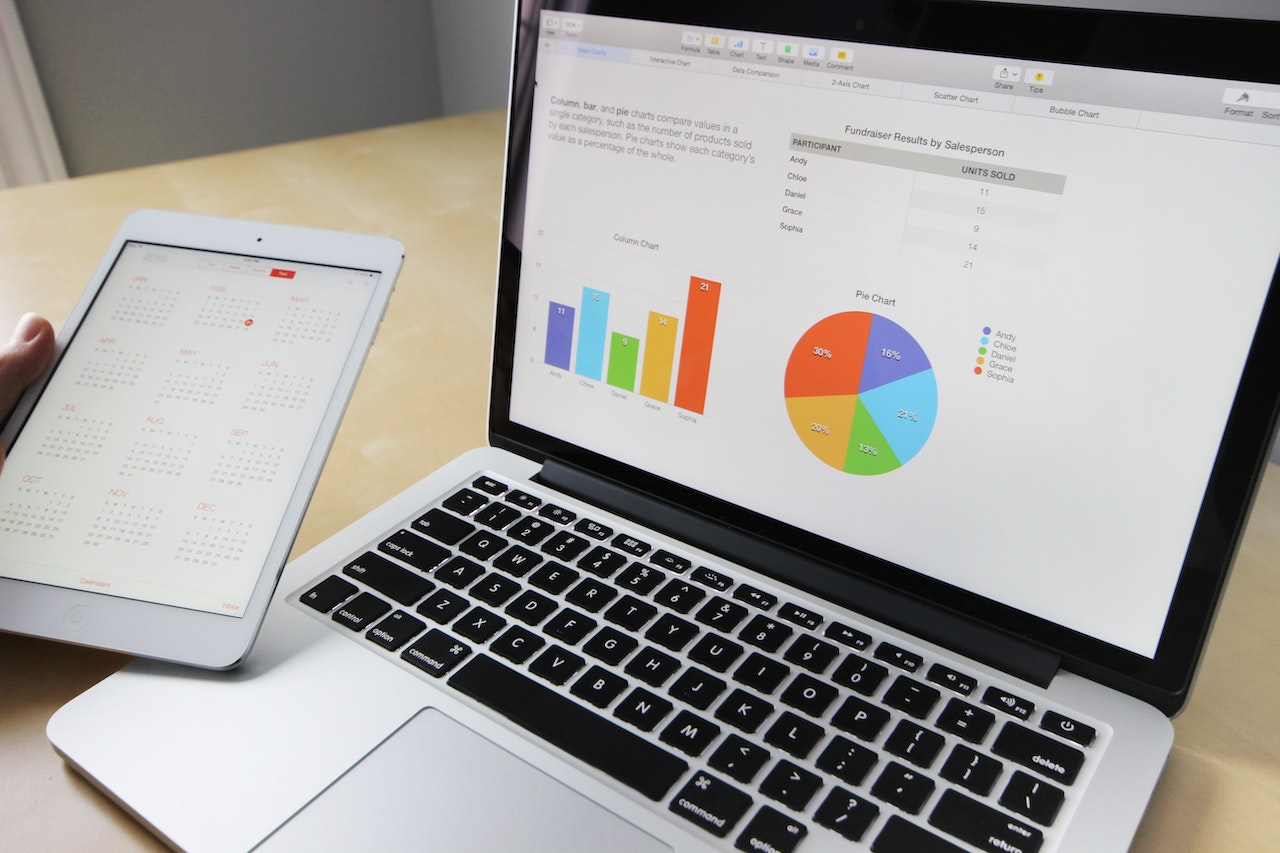Technologies and Applications of Data Mining
March 3, 2023
Technologies of Data Mining
Basically, Data mining has been integrated with many other techniques from other domains such as statistics, machine learning, pattern recognition, database and data warehouse systems, information retrieval, visualization, etc. to gather more information about the data and to helps predict hidden patterns, future trends, and behaviors and allows businesses to make decisions.
Technically, data mining is the computational process of analyzing data from different perspectives, dimensions, angles and categorizing/summarizing it into meaningful information.
Data Mining can be applied to any type of data e.g. Data Warehouses, Transactional Databases, Relational Databases, Multimedia Databases, Spatial Databases, Time-series Databases, World Wide Web.
Data mining has incorporated many techniques from other domain fields like machine learning, statistics, information retrieval, data warehouse, pattern recognition, algorithms, and high-performance computing. Since it is a highly application-driven domain, the interdisciplinary nature is typically very significant. Research and development in data mining and its applications prove quite useful in implementing it. We will see major technologies utilized in data mining.
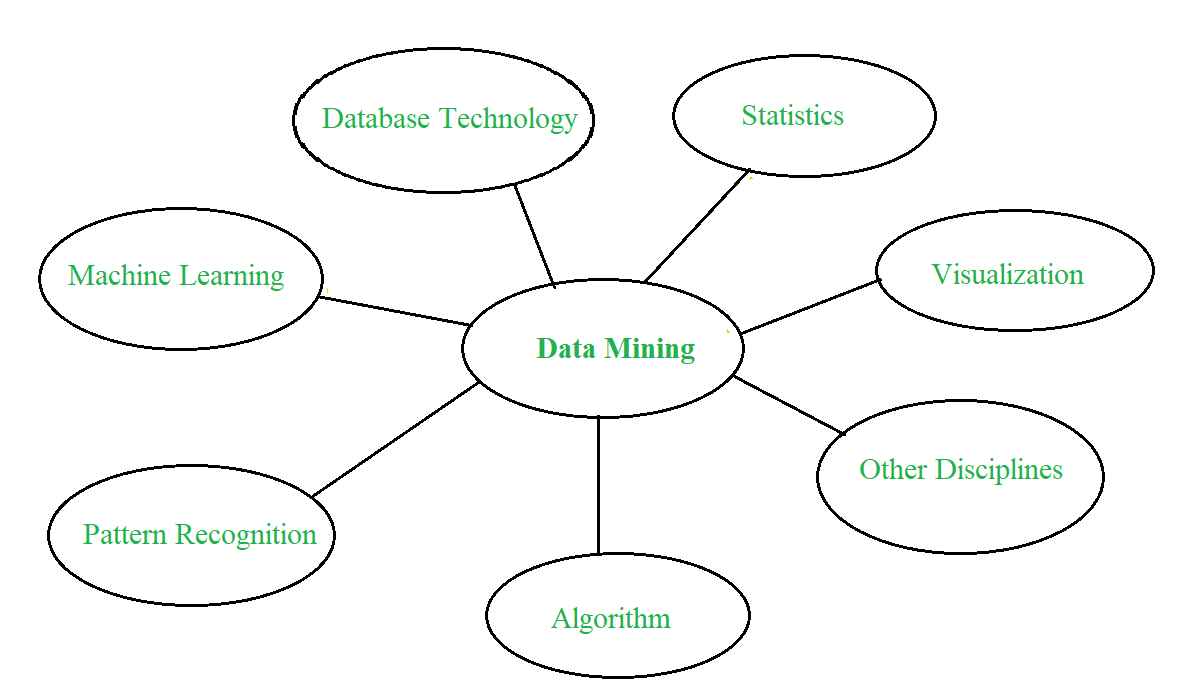
Machine Learning :
It has a main research area that focuses on computer programs that will automatically learn based on the given input data and make intelligent decisions. There are similarities and interrelations between machine learning and data mining. For classification and clustering approaches, machine learning is often applied to predict accuracy. Typical machine learning problems that are utilized in mining are:
Supervised learning that makes use of class labels to predict information
Unsupervised learning doesn’t use class labels similar to clustering but it will discover new classes within data.
Semi-supervised learning will redefine the boundaries between two classes and makes use of both labeled and unlabeled examples. Active learning will ask the user to label the classes that may be from unlabeled examples. It will optimize learning by acquiring data from the user.
Information Retrieval :
The technique searches for the information in the document, which may be in text, multimedia, or residing on the Web. It has two main characteristics:
Queries are formed by keywords that don’t have complex structures.The most widely used information retrieval approach is the probabilistic model. Information retrieval combined with data mining techniques is used for finding out any relevant topic in the document or web.
Uses : A large amount of data are available and streamed in the web, both text and multimedia due to the fast growth of digitalization including the government sector, health care, and many others. The search and analysis have raised many challenges and hence Information Retrieval becomes increasingly important.
Statistics :
Data mining has an inherent connection with statistics. It studies the collection, and interpretation performs the analysis and helps visualize data presentation. A statistical model is used for data classes and data modeling. It describes the behavior of an object in a class and its probability. Statistical models are the outcomes of data mining tasks like classification and data characterization. Or we can use the mining task on top of the statistical models.
Advantages :
Statistics can be used to model noise and missing data values. The tools for forecasting, predicting, or summarizing data can be availed by statistics. Statistics are useful for pattern mining. After mining a classification model, the statistical hypothesis is used for verification. A hypothetical test makes the decisions using the test data. The result is statistically significant if it is not likely to have been incurred by chance.
Disadvantages :
When the statistical model is used on large data set, it increases the complexity cost. When data mining is used to handle large real-time and streamed data, computation costs increase dramatically.
Database System & Data warehouse :
Database systems are used in query languages, query processing, optimization, and data models. Recent database system data analytics capabilities that use data mining and warehousing techniques. Data warehousing combines data from multiple sources (heterogeneous) and gathers historical data in various timeframes. It facilitates data cubes in a multidimensional database. The OLAP facilitates a multi-dimensional database. The data mining task is used to extend the existing requirement of the database system that would enhance the capabilities and enhance user’s sophisticated requirements.
Applications of Data Mining
- Financial Analysis
- Biological Analysis
- Scientific Analysis
- Intrusion Analysis
- Fraud Analysis
- Research Analysis
Real-life Examples of Data Mining
Market Basket Analysis : It is a technique that gives the careful study of purchases done by a customer in a supermarket. The concept is basically applied to identify the items that are bought together by a customer. Say, if a person buys bread, what are the chances that he/she will also purchase butter. This analysis helps in promoting offers and deals by the companies. The same is done with the help of data mining.
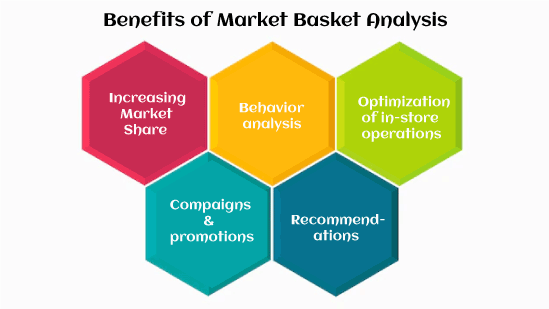
Protein Folding : It is a technique that carefully studies the biological cells and predicts the protein interactions and functionality within biological cells. Applications of this research include determining causes and possible cures for Alzheimer’s, Parkinson’s, and cancer caused by Protein misfolding.
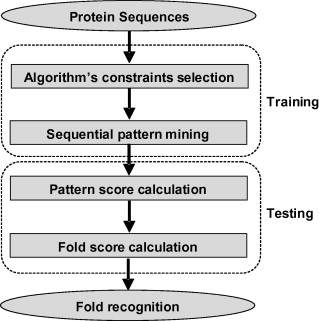
Fraud Detection : Nowadays, in this land of cell phones, we can use data mining to analyze cell phone activities for comparing suspicious phone activity. This can help us to detects calls made on cloned phones. Similarly, with credit cards, comparing purchases with historical purchases can detect activity with stolen cards.
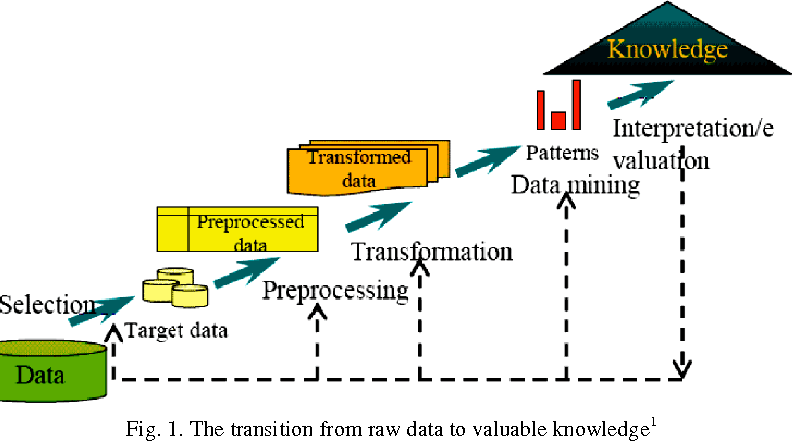
Data mining also has many successful applications, such as business intelligence, Web search, bioinformatics, health informatics, finance, digital libraries, and digital governments.
Interview Questions :
1. why data mining is so popular?Name the applications of data mining?
2. How many steps are there in data mining?What are they?
3. What are the technologies that you need to learn as a data miner?
4. How machine learning become a hot cake using Data mining?
5. What is supervised learning?
Relative Blogs
March 4, 2023
March 5, 2023
Feb 27, 2023
